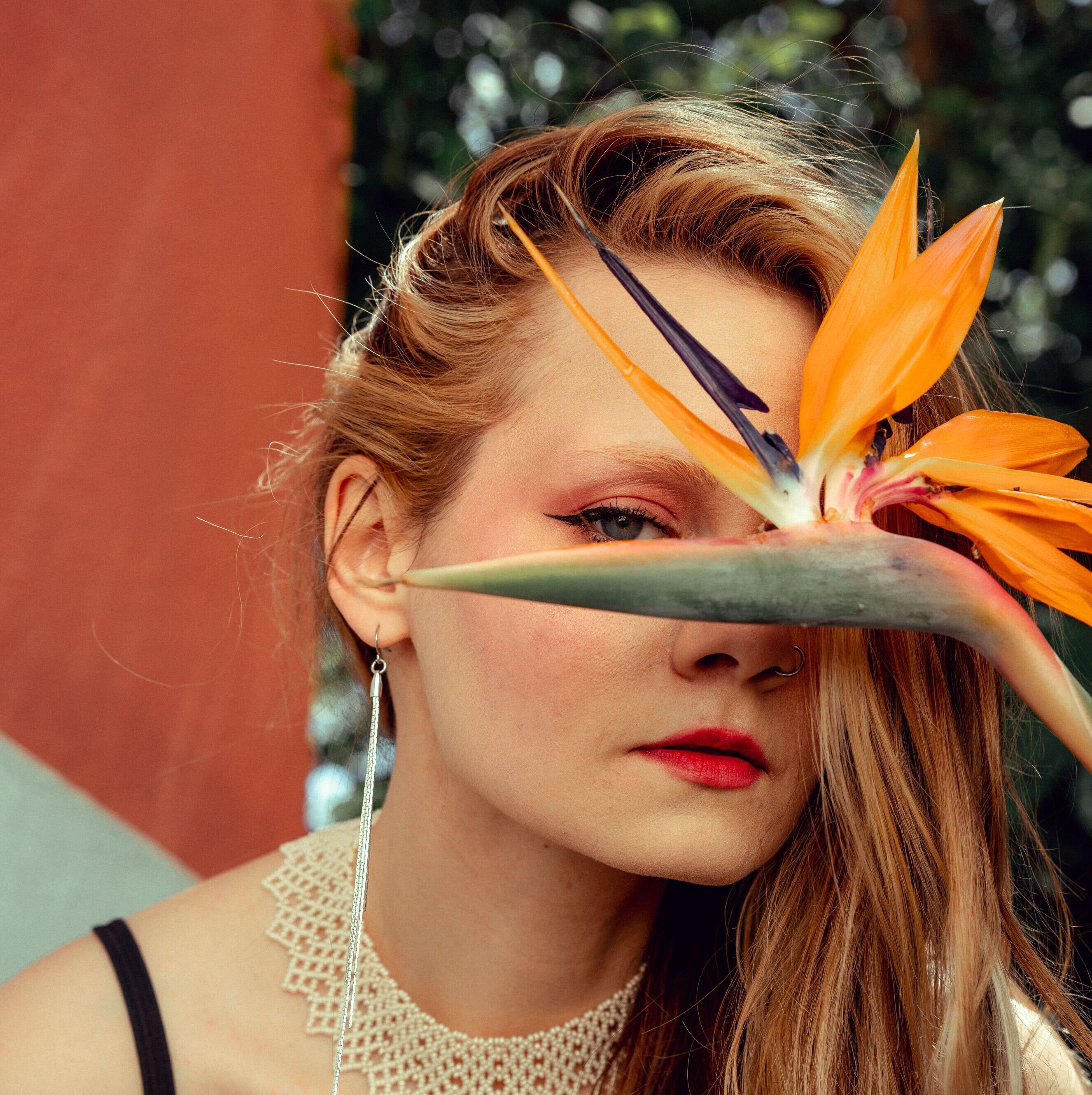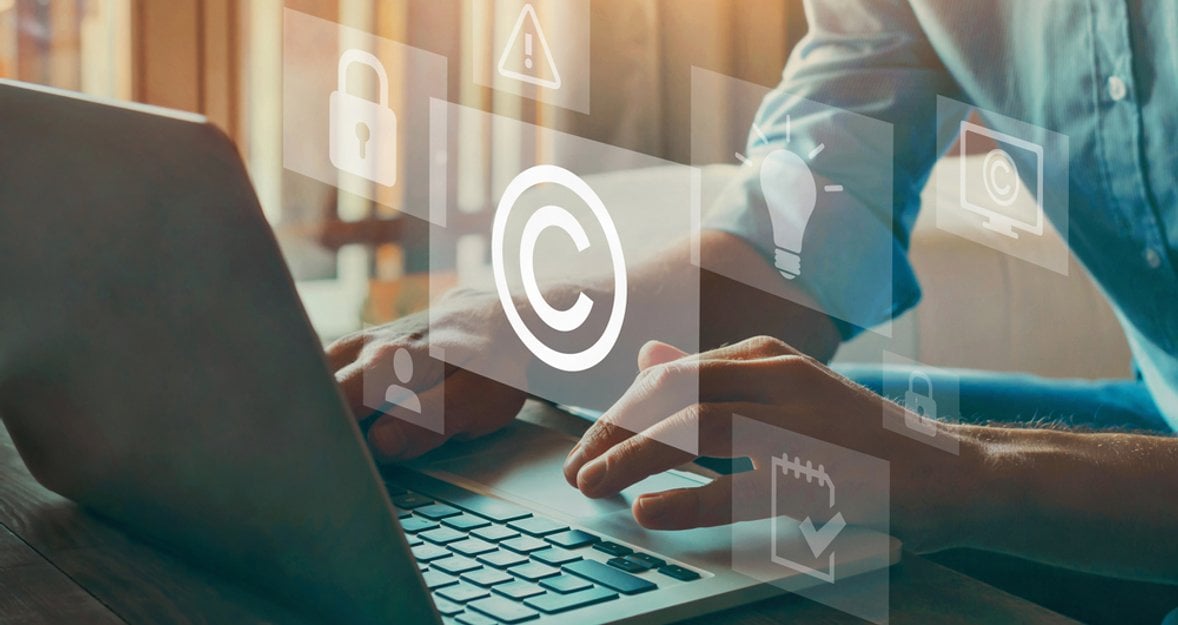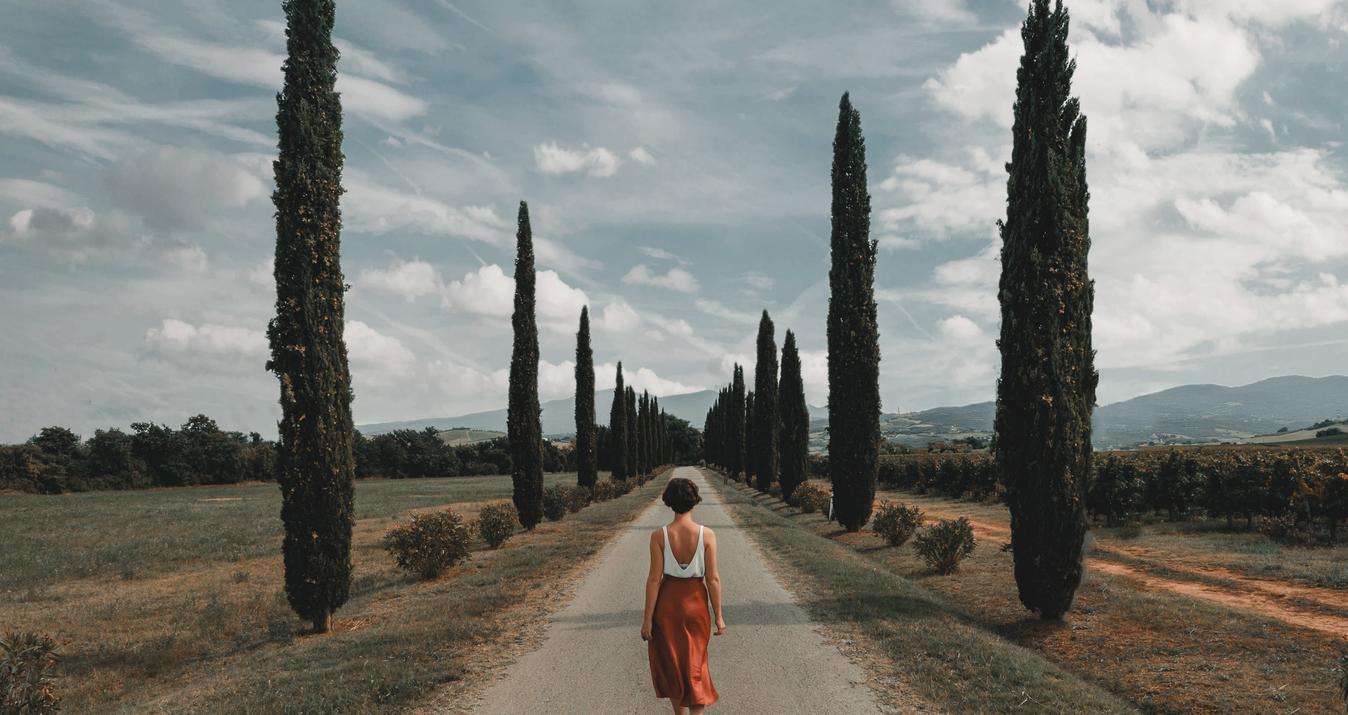Today, in our blog, we discuss copyright laws for photography. Why are these laws so important, and what is photo copyright infringement? The answers to these questions are in the current article.
Protecting your creative work is only possible by understanding legal laws in photography. Let's explore the legal framework for photography, diving into topics such as photo copyright infringement and property rights. In this article, you'll also learn how photographers can navigate their art protection, from registering their work to filing a copyright lawsuit. This article will teach you how to protect your images from unauthorized use, delving into key concepts like fair use exceptions. No matter what field you shoot in, you need to know who owns the rights to the photo and how to protect your rights. It is the basis for maintaining the integrity and value of your work.
Basics of Copyright
From its creation, every photograph fixed in material form, i.e., stored on a digital medium, camera chip or computer disk, cloud storage, or even printed on film or paper — automatically falls under copyright protection. As the photographer, it gives you exclusive rights to all your images, including their reproduction, distribution, and public display. In other words, you can control how your photos are used and profit financially from your work. This protection applies to both published and unpublished photographs. Therefore, even such images may have legal protection against unauthorized use or infringement. The copyright law does not protect ideas or concepts. However, what is protected is how the photographer sets the lighting, determines the pose, make-up, and clothes of the model, uses compositions and props, chooses the shooting angles, etc., to convey the idea and story of the picture.
Ownership of Copyright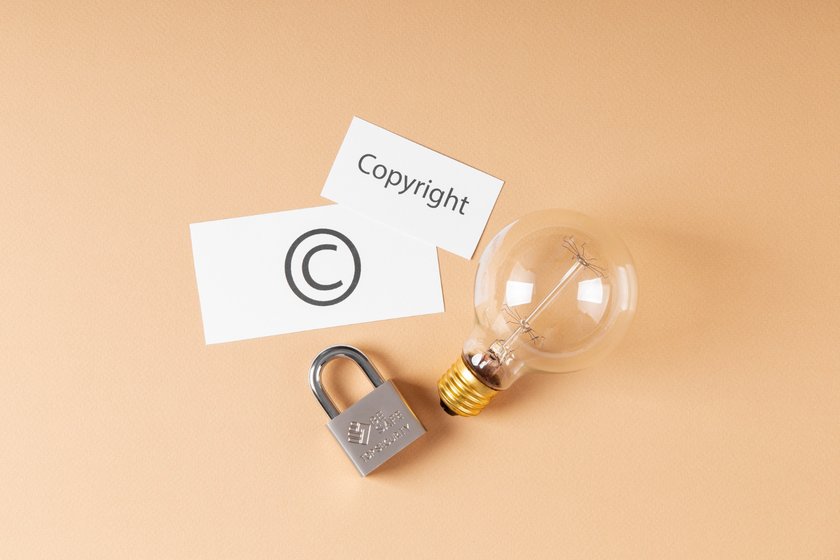
Who owns the copyright of a photograph? In a word, the photographer owns. The creator of the image is considered the owner of the copyright for it, which gives him exclusive rights to any use and distribution of this image. However, in some cases, ownership may be shared or transferred. It is possible when the company hires a photographer or photography is ordered for a certain event, such as a wedding, birthday, etc. Understanding these nuances is important for photographers to assert their rights and negotiate deals effectively.
Joint Authorship
Works prepared by two or more creators with the intention that their contributions are inseparable from each other have shared copyright. As a result, each partner has an equal share of rights. Each contributor has the same exclusive rights to the Collaborative Work and can reproduce, distribute, publish, and create derivative works at its discretion. Although co-authors may also establish rights or revenue-sharing arrangements. It is important to document this so that no claims arise in the future.
Suppose you work with a team of assistants, models, designers, etc., to organize the process and implement ideas for light and composition, or you hire an individual employee to retouch the images. In that case, you remain the sole owner of the copyright. However, to avoid unwanted situations or theft of your work, it is best to establish cooperation in a written agreement explaining whether the creative relationship is joint authorship.
Advanced yet easy-to-use photo editor
Get Luminar Neo NowTransfer of Copyright
There is also the concept of full or partial transfer of image copyright. It happens when the creators sell stock photographs. Then, the buyer gets the right to use the image for his purposes freely, and the photographer loses the right to this and can no longer use his image. It is sold like any material product. If you are interested in receiving a financial reward for your work, learn how to sell stock photos and make money, and start selling your works.
Work for Hire
Your clients may have questions like "If I pay a photographer, who owns the photos?" or "Can a photographer use my photos without my permission?". From the above, you can already guess what the answers are. In most cases, the photographer owns the copyright to the taken images, regardless of whether he was paid for his services. In copyright law, this principle is often called "work for hire" or "work to order." However, there may be exceptions to this rule if there is a written agreement that states otherwise or if the photographer is an employee of the company and takes the photos as part of their job duties. And yes, the photographer can use the pictures taken for his purposes — whether selling at stock markets, publishing to own portfolio, or on social networks. Therefore, if a client turns to you with a request for privacy, you should agree on the waiver of ownership rights or their transfer to the client.
Protecting Your Work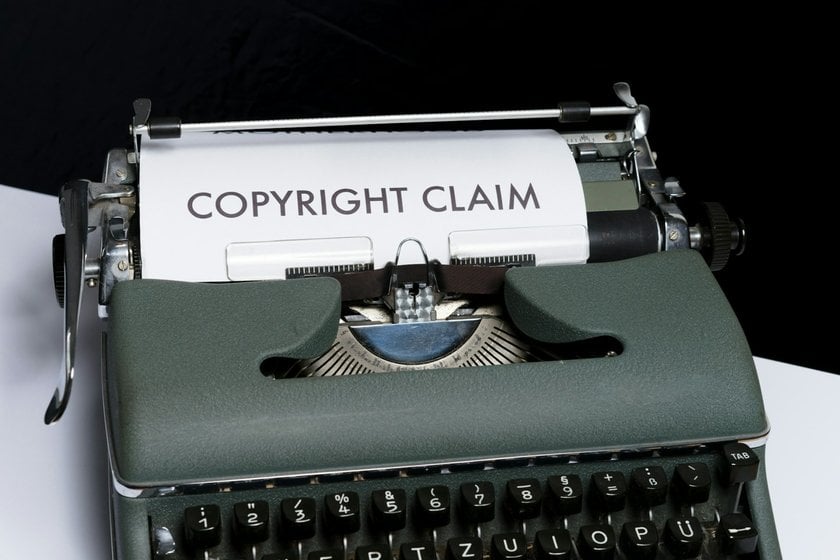
Copyright Registration
It offers photographers an additional layer of protection for their creative work. Although copyright automatically extends to original photographs once created, registering it with the appropriate authorities offers several advantages. These benefits include creating a publicly available record of ownership, making it easier to prove ownership in a dispute, and allowing photographers to sue and seek damages in the event of copyright infringement. The registration process usually involves submitting an application form, a copy of the photograph, and the appropriate fee to the authorized department.
Watermarks
Using a watermark for photographers is a simple but effective method of preventing unauthorized use of their images. A watermark is a translucent image or text superimposed on a digital image. It serves as a visual indication of image ownership or copyright. Photographers and digital artists use watermarks to protect their work. They can contain various elements, such as a logo, copyright symbol, or creator's name, and are usually placed in the corner or center of the image. Watermarks can help prevent plagiarism and make it easier to identify the author of an image.
Right Photo Editing
Additionally, using advanced editing tools like Luminar NEO can further improve your ability to protect your work. Not only can you add watermarks, but you can also create your unique signature to mark your creativity. AI picture editor will help you add uniqueness to your picture. With features like the ability to change the background on a picture, Luminar NEO makes it easy for photographers to customize and protect their images. By implementing these measures and being aware of copyright laws, you can take preventative measures to protect your creative assets and prevent infringement.
Understanding Infringement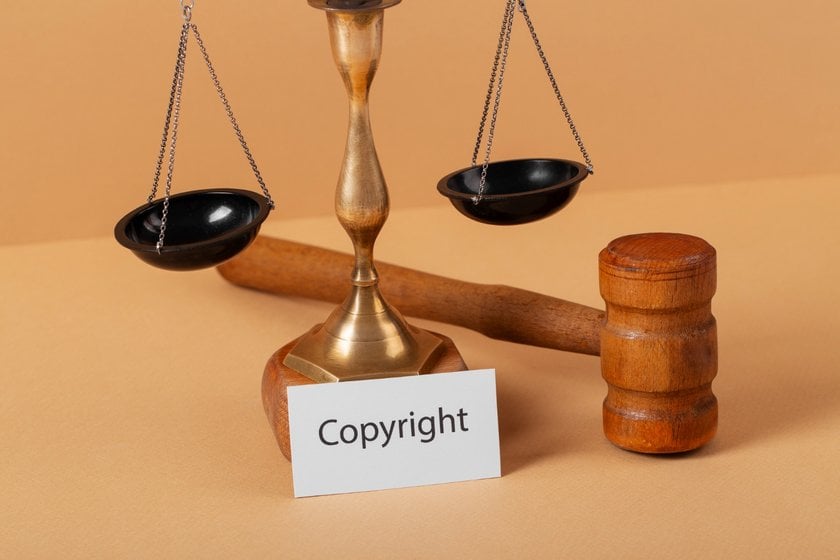
Photo copyright infringement occurs when someone uses your images without your permission, violating your exclusive rights as the copyright owner. It may include reproducing, distributing, displaying, or adapting your photos without permission. The consequences of a violation can range from stop-using letters to fines and even legal action, where you may be entitled to damages. That is why you should understand the rules of using pictures from the Internet without permission and how to protect yourself as a creator of images posted online. Knowing your rights and monitoring the unauthorized use of your photos can help you take appropriate steps to protect your work and ensure that others respect your copyright.
It is also a violation when your clients, models, or customers post your work on their social networks, apply additional filters to them, or somehow modify the image without prior agreement with you. Usually, in these situations, you should assess the consequences before taking any precautions. If such cases positively affect your image, you can ignore them. However, if they embarrass you or cause any material or reputational damage, do not hesitate to warn the client about the violation of copyright and demand the removal of your works from third-party resources.
Exclusive Tools of Endless Possibilities in One AI Editor
EXPLORE NOW!Some Interesting Facts
Photo Copyright Term
It is valid from when the image was created and for the photographer's lifetime plus an additional 70 years. If a photograph is jointly made, the copyright lasts for the lifetime of the last living co-author plus a further 70 years. Photographs created as work for hire are protected for 120 years from the year the image was produced.
Fair Use
It is an important exception in law that allows photographers and others to use copyrighted work without the owner's permission and without paying the owner. It may apply in certain situations, such as criticism, comment, news reporting, teaching, scholarship, or research.
Licensing
Photographers can license their work to others for specific uses while retaining copyright ownership. It allows photographers to control the use of their images and earn income from their work.
Bottom Line
We hope that you now have a better understanding of who owns a photograph's copyright and what photo copyright infringement is. Protecting your creative work is important. After all, as a creator of any image, you should have a material and reputational reward for your work. By understanding your rights, properly registering your copyrights, and taking steps to prevent infringement, you can protect your photos and ensure that your creative efforts are respected and valued.



